
10+ Credit Voucher Templates in PDF | DOC
voucher template credit note cash voucher voucher templates in psd credit card voucher credit note voucher visa credit voucher 10+…
Jul 22, 2020
Debt is the common denominator that most people share when it comes to living. Some of us don’t have enough resources to get along with constant economic changes. These affect our everyday life for the longer the days get, the higher the prices of the necessities. This event is why more and more people venture into financial services of borrowing or applying for a loan. But not everyone has the same opinion, and some people would rather not get debt. Some think that they won’t be able to fulfill the paying obligation that they signed up. Although debt is an excellent financial tool that can help you find the solution to your financial problem, attached to it is the commitment of paying it off according to its terms.

Credit risk management is a method of reducing losses by visualizing the sufficiency of a bank’s capital and loan loss assets at any given time. Credit risk management is a complicated process for other financial institutions, for it needs further time in planning and management. This risk is the result of the borrower’s failure to make payment.
According to CNBC, a survey for 1,000 credit card users that was conducted by a real estate data company shows 47 percent of Americans have a monthly credit card balance, and 70 percent declared that they have a balance of more than $1,000. Fifty-six percent of those surveyed claimed that they’d had their debt for at least a year. And most of them will continue to bear it for more years to come. Almost 20 percent established that it would take them approximately three years to finish paying their debt, and around 8 percent say that they don’t have a specific period on when they can ultimately pay their mortgage off.
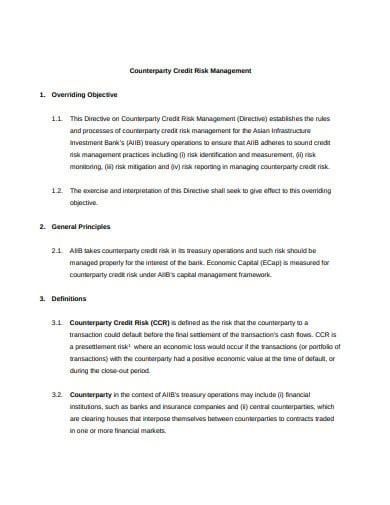 aiib.org
aiib.org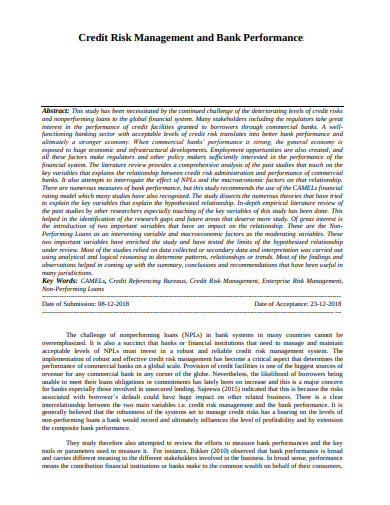 iosrjournals.org
iosrjournals.org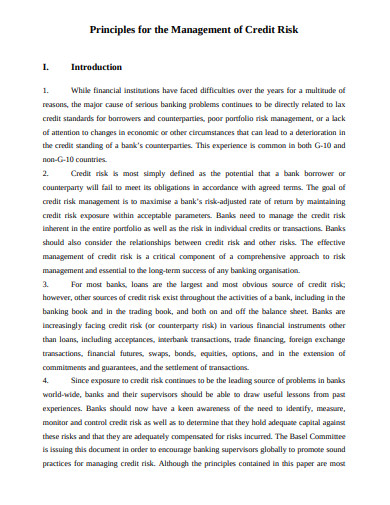 bis.org
bis.org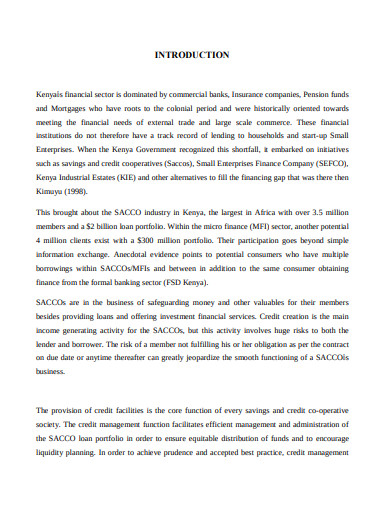 semanticscholar.org
semanticscholar.org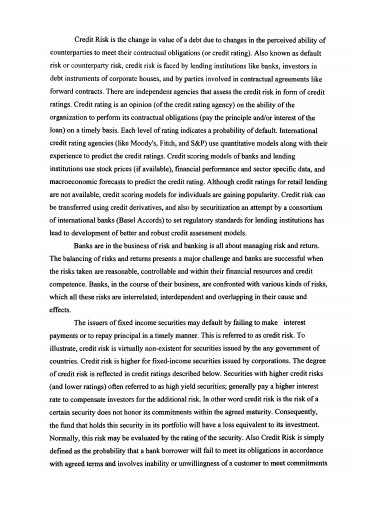 inflibnet.ac.in
inflibnet.ac.in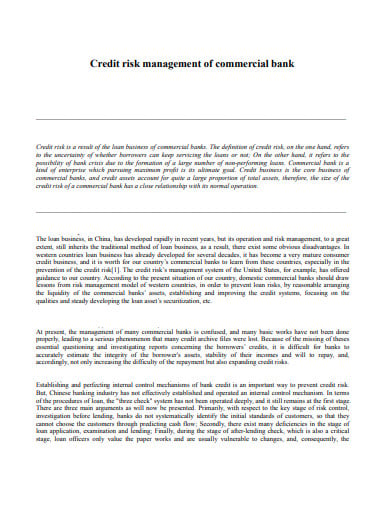 jocpr.com
jocpr.com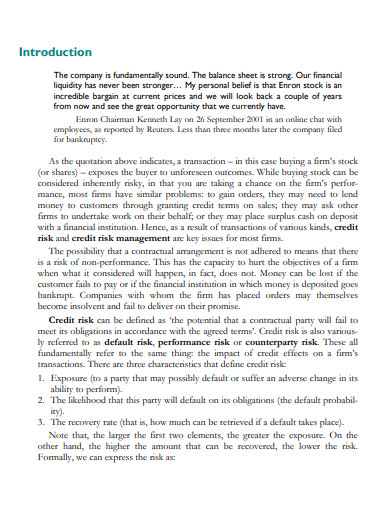 ebsglobal.net
ebsglobal.net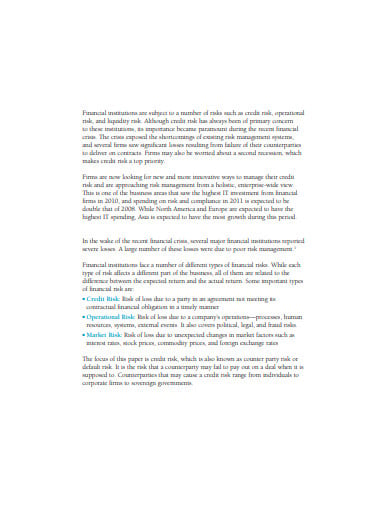 capgemini.com
capgemini.com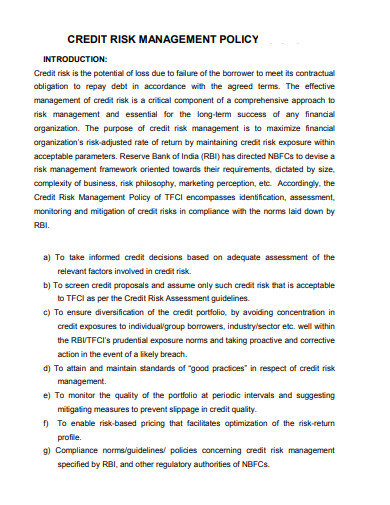 tfciltd.com
tfciltd.com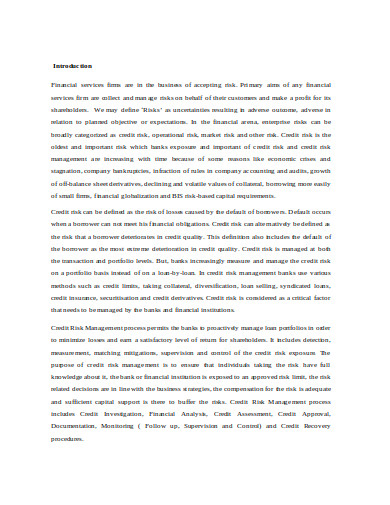 assignmentpoint.com
assignmentpoint.com ntpu.edu
ntpu.edu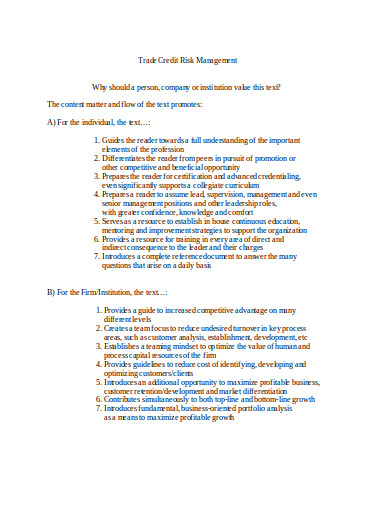 nacmtampa.com
nacmtampa.comCredit risk management is as important as other components that help make the institution functionally operate. Without it, the goal or objective of the organization will not come into the picture. It also helps reduce the possible terrible damage in the future. It is why a good plan outline and strategies are some of the fundamentals that help make the whole method easy to undertake. The first part of taking risk management into action is by making a functional plan, and this list will help you determine the righ actions to do.
Knowing and learning everything about your customers can help you determine the risk of obtaining a lending transaction with them. Customers, aka debtors, are usually assessed to see if they met the required qualifications to get approval from a loan company. Checking their credit score rating and loan history is one of the things that you can do. It also helps you build a good business relationship with your customers.
Analyzing possible risks that might occur in the future is essential to make a proper plan. Gathering information about any of these risks can help you make a strategic plan and execute them if ever it develops. There are a lot of information resources that you can look into; some of these resources are real-life scenarios that happened within an institution. How you approach these risks may differ for various reasons.
Monitor every discrepancy in transactions, even if they are small. These may result in a possible risk in the future. The quicker it is to determine the cause of the problem, the easier it is to solve it. To monitor everything, you must have an updated datasheet from time to time. These data sheets help you decide on what kind of solution is best for the problem.
Monitoring manually can take a lot of effort and time for some, especially if there are other things to do. Getting the right tools that can help you systematically lessen the amount of work is a smart strategy. Tools like credit management software that can help you determine the possible risks by generating transactions or processes.
The sales or profit of a business is not enough for you to keep it running. There are other things that you have to pay to maintain the operation of the company. Having a reserve budget plays as a financial aid when the time comes where you have to pay for fees or possible losses due to credit risk, but do not wait for this time to come, learn how to prevent it as much as you can.
Maintenance and improvement of credit risk management are some of the primary keys to achieving the goal and systematic way to prevent risks to overtake the whole business process or transaction. It benefits everyone involved; whether you are the lender or debtor, you should fulfill your signed obligations to avoid problems in the future. In this way, people can trust you or your company.

voucher template credit note cash voucher voucher templates in psd credit card voucher credit note voucher visa credit voucher 10+…

Debt is the common denominator that most people share when it comes to living. Some of us don’t have enough…